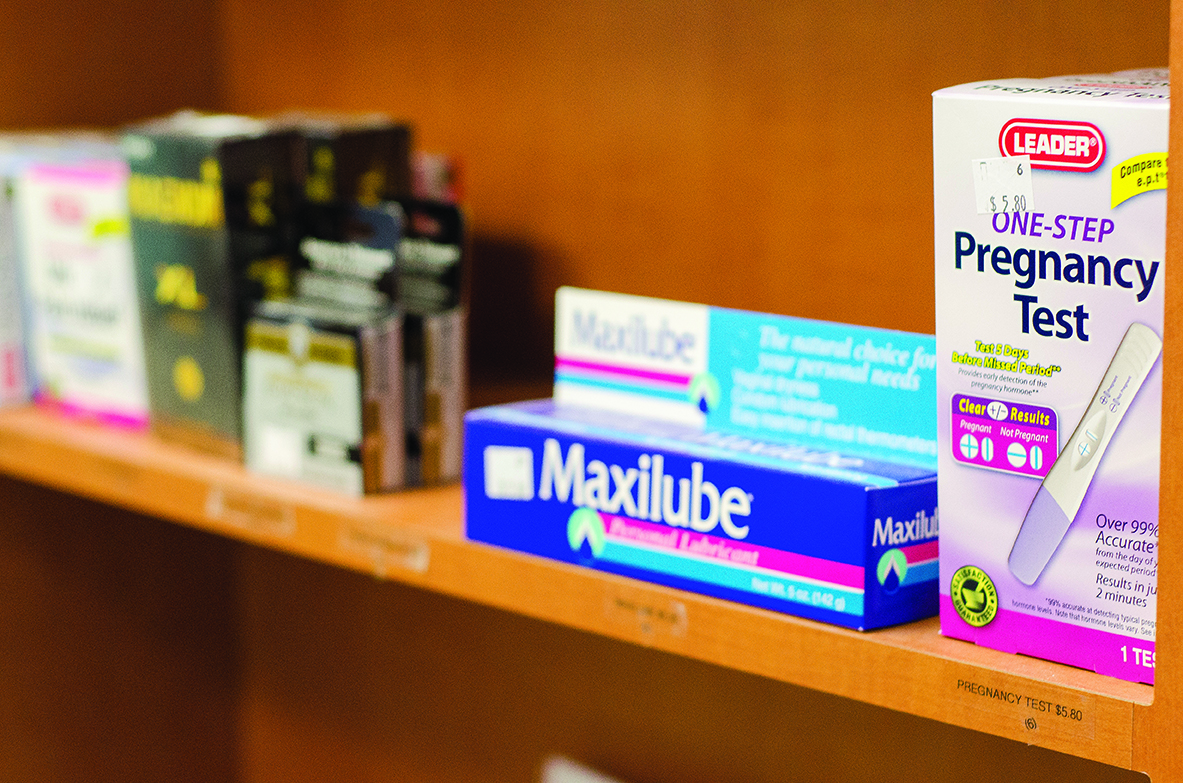It seems like everyone, these days, feels the “hustle and bustle” of life. We are just running around doing this, that, and the other. Sometimes, we get so caught up in what we are doing or in planning for what we know we have to do, we forget to stop and just breathe and take time out for ourselves. One way we can take time out to care for ourselves is by exercising.
Now, you might ask, “How much exercise do I need?” One can start by talking to a professional, especially, a doctor, about how much exercise is right for him or her. A good goal for many people is to work their way up to exercising four to six times a week for 30 to 60 minutes each time.
Also, it is okay to start out slowly. There is no need to rush anything. If you have been inactive for a long time, you should not expect to be able to do a marathon with only a few weeks of training. Begin by engaging in light exercises (lift light weights or do simple resistance training exercises, for example) or taking brisk walks for 10-minute periods of time. Then, gradually, increase how hard you exercise and how much time you spend doing it.
Now, the next question you might ask is “Once I start exercising, how do I stick with it?” To help you start and stick with an exercise routine that works for you, check out the following tips from familydoctor.org. (1) Choose something you would enjoy doing and make sure it suits you physically, as well. Swimming is a good full-body workout because it is easier on arthritic joints (joints that have a high susceptibility to arthritis). (2) Get a partner. Working out with a friend or relative can make it more fun. Also, it helps to have someone to help keep you accountable. (3) Vary your routine. You may be less likely to grow bored if you tweak your routine from time to time. Run one day, lift some weights the next. (4) Choose a comfortable time of day. If you can help it, don’t work-out too soon after eating or when it’s too hot or cold outside. (5) Make sure you are alert and fully awake while working out. Making a mistake while working out because of sleepiness could result in injury. (6) Don’t get discouraged. It can take weeks or months before you notice some of the changes from exercise, like weight loss, for example. (7) Forget that “no pain, no gain” rule. Feeling a little soreness after you start working out at first is normal, but pain is not. Take a break or stop if you are hurt or injured. (8) Make your exercise time as fun as possible! Listen to music or watch television while riding a stationary bicycle, for example.2 Also, you can listen to your music on your iPod while walking instead of taking the bus to class.
So, “Why should I exercise in the first place?” you ask. Exercise improves your mood and self-esteem, and it also decreases the focus on stress. Exercise also combats illness and chronic diseases. Common medical opinion suggests that 96% of all illness is either a direct result of stress, or greatly aggravated by it. Exercise helps manage your weight, strengthens your heart and lungs, and promotes better sleep. The dip in temperature your body experiences five to six hours after a workout can help you get to sleep faster.3 One can also see improvements in the circulation of blood and even in the way he or she breathes.
The value of exercise, from preventing sickness to improving mood and self-esteem, is hard to disregard. So let us get out there and do something to improve how we treat our bodies, for we only get one in our individual lifetimes.
Sources
1 http://familydoctor.org/online/famdocen/home/healthy/physical/basics/059.printerview.html
2 http://familydoctor.org/online/famdocen/home/healthy/physical/basics/059.printerview.html
3 http://www.mayoclinic.com/print/exercise/HQ01676/METHOD=print




